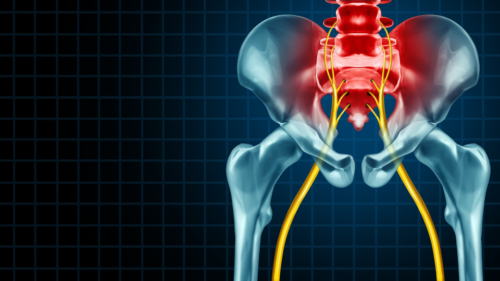Neuropathic Pain

Advances in the field of Pain Medicine over the past 20 years have allowed us to recognise a group of painful disorders that originate from disease or dysfunction of the nervous system. Under this very large umbrella are a variety of conditions that effect the brain and spinal cord (central nervous system) or the smaller nerves to the body (peripheral nervous system).
Some conditions have diagnosable tissue damage, such as a stroke or an amputated limb, whereas some have damage of functional changes occurring at a microscopic level, such as diabetic peripheral neuropathy. Treatment options will follow on from accurate diagnosis and selection of the evidence-based best practice, and may include a combination of interventions, medications, physical and psychological therapies.
Peripheral Neuropathies
This is a large category of painful conditions affecting the small nerves, most commonly to the extremities (arms and legs – “glove and stocking” distribution). Patients experience pain and other sensory disturbances, such as numbness, pins and needles (paraesthesiae), and position sense (proprioception). Pain is frequently burning or electric-shock like in nature, and frequently disturbs sleep.
Common causes are:
- Diabetes
- Nutritional Deficiency
- Chemotherapy-related
- Alcohol-related
- Idiopathic (no external cause identified)
Post-Herpetic Neuralgia
This is a pain syndrome that persists after an episode of “shingles” or acute herpes zoster infection. Following healing of the blistered rash, pain may continue or worsen and become persistent. The effected skin is frequently sensitive to light touch making it uncomfortable to cover with clothing.
Aggressive treatment of acute HSV infection and good early pain management are crucial to the prevention of Post-Herpetic Neuralgia, but the risk of PHN increases with advancing age and frailty.
Trigeminal Neuralgia
This pain syndrome describes pain and other sensory disturbances occurring in the tissues supplied by the Trigeminal Nerve, that is the left or right side of the face from the top of the head to the jaw line. It is sometimes due to compression of the origin of the nerve within the skull, or on its course to exit the skull, but often no compression to account for the dysfunction is found. Patients commonly experience recurrent attacks of often severe facial pain. Pain can be triggered by common events such as talking or eating, and can be unpredictable in duration. Over time, the paroxysms can be joined by constant background pain. Understandably, this syndrome is extremely disabling and often patients become so fearful of triggering attacks that social interaction, eating and drinking are dangerously avoided.
Video courtesy of Let There be Health
Learn more
- Educational video: Neuropathic Pain
- Educational video: Peripheral Neuropathy
- Educational video: Polyneuropathy
- Download our brochure about Understanding Chronic Pain here
- International Neuromodulation Society: Neuropathy, Neuropathic Pain, and Painful Peripheral Neuropathy
- Neuropathic Pain Explained
- Know your pain: Neuropathic Pain Video